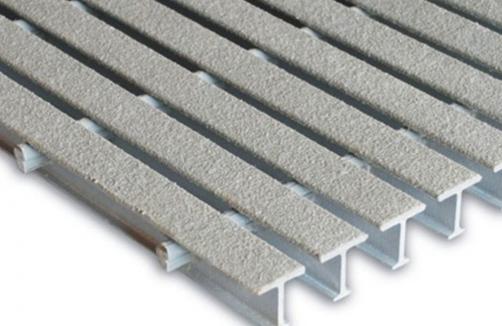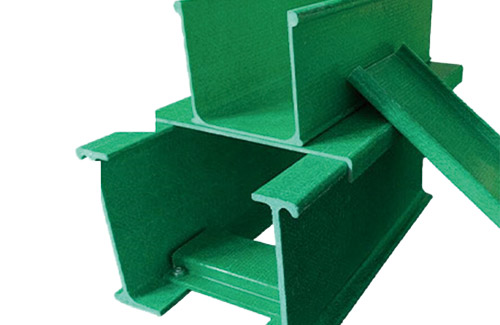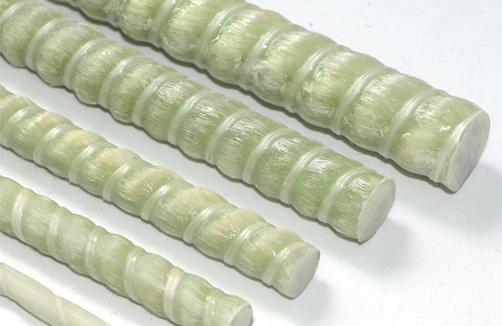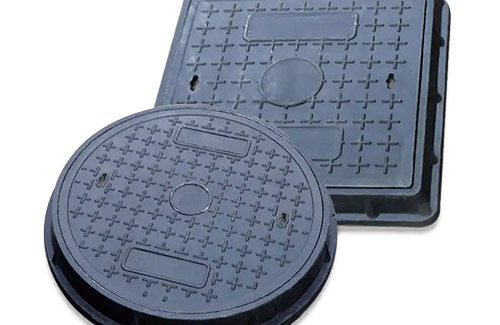1) Fiberglass
1. Fiberglass is made from glass as the material, which is pulled down into fibers in a high-temperature molten state. Its diameter is generally 0.5-30 microns, and its surface has been treated with a coupling agent to improve its adhesion with the resin. In fiberglass, enhancing data is the primary source of supply strength.
Common products -
1) Surrounding yarn
It is divided into direct yarn and indirect yarn (ply yarn) according to the production process.
The types often include 1200Tex, 2400Tex, and 4800 Tex. Tex: Refers to the weight of a 1000 meter single strand yarn. Our company often uses 2400 Tex.
2) Short cut felt: made by bonding 50-70mm short fibers. Common standards are 300g/㎡ and 450g/㎡.
3) Knitted felt: Common standards are 380g/㎡ and 450g/㎡.
4) Fiberglass cloth: The unique production process of fiberglass outer felt determines that it has the characteristics of a flat surface, uniform fiber dispersion, gentle hand feel, good breathability, and fast resin infiltration speed. The outer felt is used in fiberglass products, and its outstanding breathability allows the resin to quickly penetrate, eliminate bubbles and white stains. Its outstanding moldability is suitable for the appearance of any shape of disorderly products and molded products, can cover the fabric pattern, improve the surface smoothness and anti-seepage performance, Together, enhancing interlayer shear strength and surface resistance, improving the corrosion and weather resistance of products, is an essential product for manufacturing high-quality fiberglass molds and products The product is suitable for fiberglass hand layup molding, surround molding, extrusion profiles, connecting flat plates, vacuum adsorption molding and other processes.
Split alkali cloth -0.2:180 g/㎡; 0.4:360 g/㎡
Alkali free cloth -0.4:400 g/㎡; 0.6:570 g/㎡, etc.
Our company generally uses medium alkali cloth.
5) Appearance felt: The unique production process of fiberglass surface felt determines that it has the characteristics of a flat and uniform appearance, a gentle and gentle feel, good breathability, and fast resin penetration. Appearance felt is used in fiberglass products, and its outstanding breathability allows the resin to quickly penetrate, completely eliminating bubbles and white stains. Its outstanding moldability is suitable for the appearance of any shape of disorderly products and molded products, which can cover the fabric pattern, improve the surface smoothness and leak resistance, Together, enhancing interlayer shear strength and surface resistance, improving the corrosion and weather resistance of products, is an essential product for manufacturing high-quality fiberglass molds and products The product is suitable for fiberglass hand layup molding, surround molding, extrusion profiles, connecting flat plates, vacuum adsorption molding and other processes.
Standards: 30 g/㎡, 50 g/㎡, etc.
External felt, knitted felt, and short cut felt are generally used in the inner layer of products. After adding resin content, they achieve anti-corrosion and anti-seepage effects.
2) Resin
Resin is the matrix material in fiberglass, and its function is to transfer force and load between fibers. It determines the heat resistance, corrosion resistance, and aging resistance of fiberglass. Resins are divided into two types: thermoplastic and thermosetting resins. The commonly used fiberglass is produced from thermosetting resins. The so-called thermosetting resin refers to an insoluble or non fusible substance formed after curing, which will differentiate and damage if the temperature is too high. Commonly used include unsaturated polyester resin, epoxy resin, and phenolic resin. Here, the first thing to introduce is unsaturated polyester resin. Our company generally uses unsaturated polyester resin.
1. Classification of unsaturated polyester resins
Unsaturated polyester resins are generally classified into general-purpose, heat-resistant, chemically resistant, photostable, self-extinguishing, and sewing types. According to chemical composition, it can be further divided into ortho benzene type, meta benzene type, bisphenol A type, and vinyl type.
Among commonly used trademarks, 192N, P65-901191, 189, and 886 are all classified as ortho benzene resins, mostly used in the manufacturing of structural layers; 2028 and 972 belong to the meta benzene type, which can be used as both inner lining and structural layer; 9503 is a para benzene type; 3301, 197, 382, and 941 belong to the bisphenol A type, used for lining manufacturing and in areas with high requirements for chemical corrosion resistance; 470, 430, 590, 3201, MFE-2, and W2-1 are classified as ethylene based or improved resins, used in environments with higher requirements for chemical corrosion resistance and temperature resistance; 2028, 382, and 976A are classified as food grade resins used in the manufacture of fiberglass pipes or containers for transporting or storing tap water or food. X-41 belongs to the xylene type resin and is used for lining manufacturing.
2. Curing of Unsaturated Polyester Resin
Polyester resin contains a certain proportion of crosslinking agent, commonly styrene, which acts as a solvent and participates in initiators (also known as catalysts, curing agents) and accelerators in the resin, allowing the resin to cure at room temperature. The curing characteristic is that the resin is insoluble and unmelted from the viscous gel, accompanied by heating.
Common initiators: methyl ethyl ketone peroxide and cyclohexanone peroxide, with a general dosage of less than 4%;
Promoters: Cobalt naphthalate and cobalt naphthenate, with a dosage of less than 4%; The dosage of NN dimethylaniline in a 10% styrene solution is less than 2%.
3) Supporting materials (applicable to products with special needs)
Colorants (such as pigment paste),
Wear resistant agents (quartz powder, diamond powder, etc.),
Flame retardants (halides),
Adding stiffness with quartz sand,
Antistatic agents (graphite), etc.








